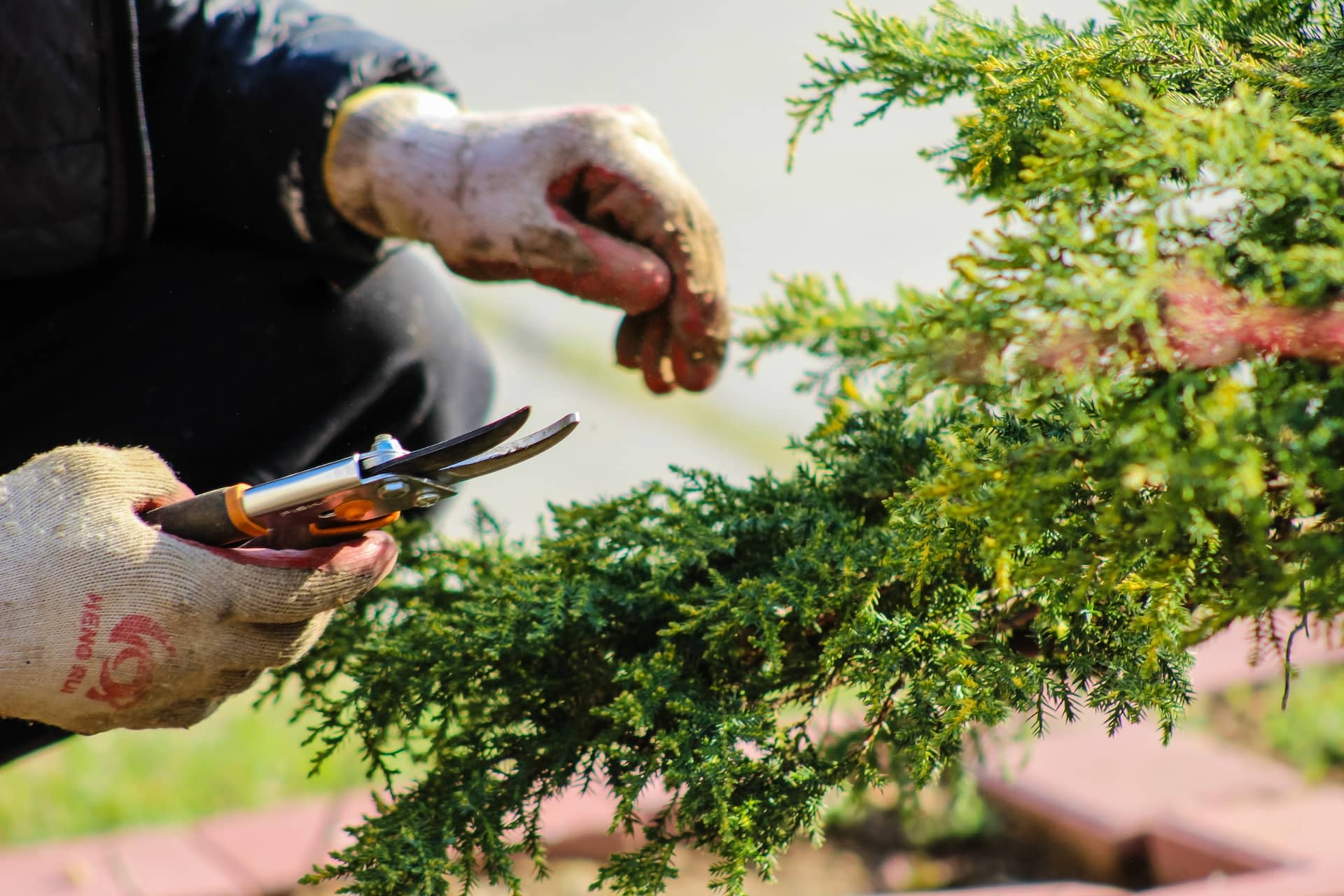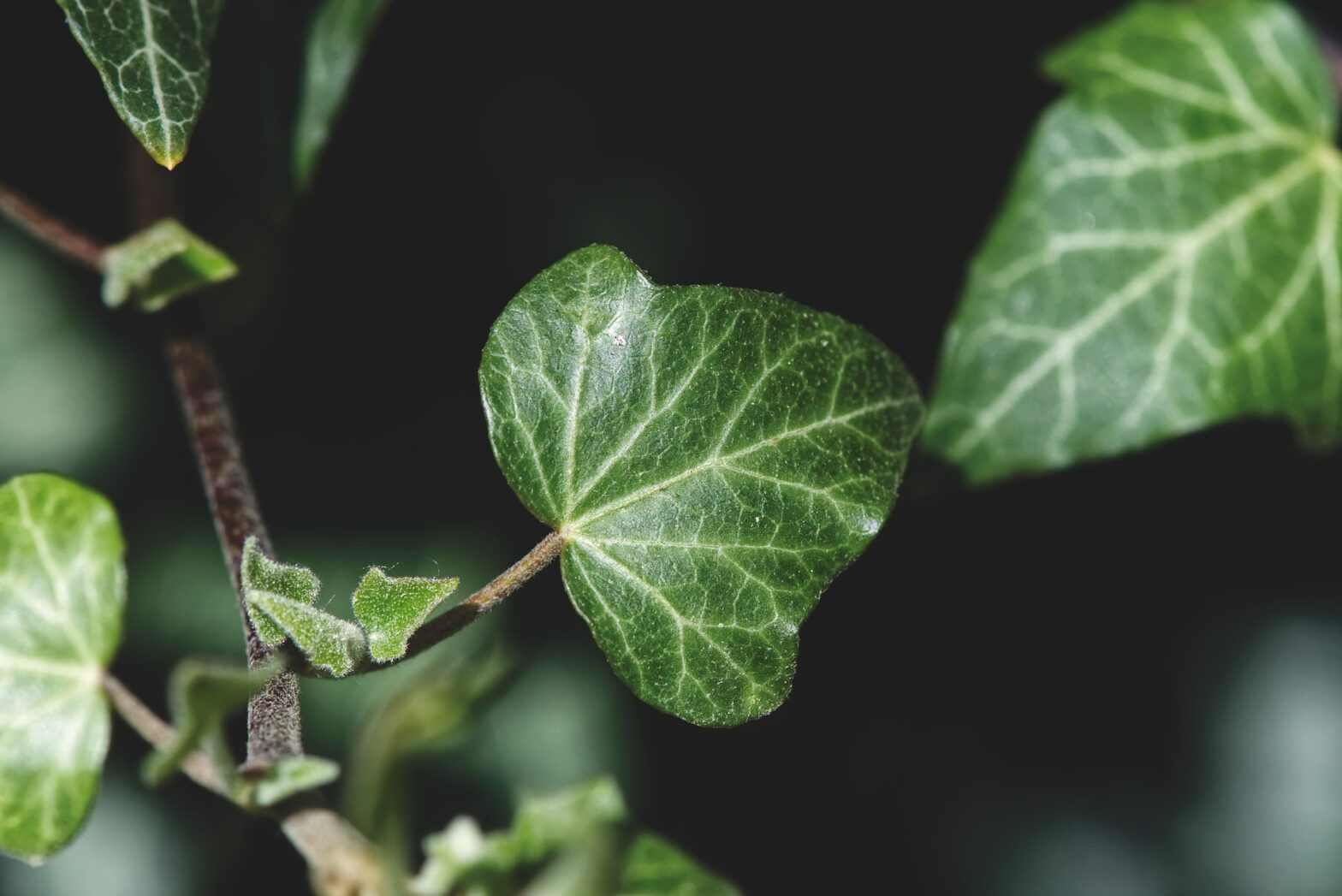The maintenance of climbing plants is a key element for their success and beauty in your garden. Therefore, it is crucial to regularly prune these plants to maintain their beauty and proper growth. In this article, we will share with you five vital tips for preparing and pruning your plants before the arrival of spring. Follow these steps and this is how to best maintain your precious species!
1. Recognize the ideal period for pruning
The first step consists of determining the best time to prune your climbing plants. In general, it is recommended to perform this operation just before the start of spring.
- An intervention during the dormancy period will allow the plant to focus on its growth as soon as temperatures start to rise.
- Pruning too early or during peak growing season can create unnecessary stress that could lead to weakness or even death of certain parts of the plant.
Specific cases:
- Some types of climbing plants, especially those that blossom in spring, need to be pruned after blooming to give time for new shoots to prepare for the next year.
- It is also very important to check the weather and forecasts before embarking on this operation, as pruning too late just before intense frost could be fatal for your plants.
2. Identify the different parts to cut
To effectively and safely prune your climbing plant, it is essential to identify the parts requiring cutting or removal. Here are a few points to examine:
- The dead or damaged stems should be removed as a priority to prevent them from contaminating the healthy parts and to release energy.
- Then, look for stems that cross each other or grow in unwanted directions. By cutting these stems, you promote more harmonious and airy growth.
- Don’t forget to also remove stems that are too long or invasive to maintain a nice shape and facilitate their growth.
Tip:
Always remember to make your cuts just above a bud or a secondary branch, this will allow the plant to continue its development naturally. Avoid making cuts when it is raining or the humidity is high, the risks of disease transmission are higher.
3. Choosing the right tools for pruning
To ensure a successful intervention and minimize the risk of damaging your climbing plant, it is important to choose suitable and well-sharpened tools. Here are some tips:
- Use a hand pruner to cut small stems or newly developed shoots.
- Opt for a bypass pruner for woody and thicker stems, as it offers a clean and precise cut that reduces the risk of damage to the plant.
- Consider having additionally a pruning saw to work on the largest or hardest to reach branches.
In order to prevent the spread of diseases between your plants, also consider carefully cleaning your tools before and after each use.

4. Adopt the correct cutting technique
To avoid unnecessary damage to your climbing plants and achieve a satisfactory result, it is essential to master the basic techniques of pruning. Here are some key points:
- Always make your cuts at an angle to promote a natural water runoff. A straight cut could hold the water and promote the development of diseases.
- Leave about 0.5 cm of stem above the bud or secondary branch to avoid the risk of infection.
- Be careful not to crush the cut part by squeezing the pruning shears too hard, this would facilitate the penetration of bacteria and other pathogens that could harm the health of your plant.
5. Observe and adjust after pruning
The final step involves closely and regularly monitoring the growth of your climbing plants after intervention. This observation will help identify:
- The areas that require additional pruning to maintain a good balance or improve the aesthetics of the plant;
- The signs of stress or illness that could be related to size and require prompt action to preserve your plant;
- the robust growth so that you can anticipate the next intervention and adjust the schedule if necessary.

